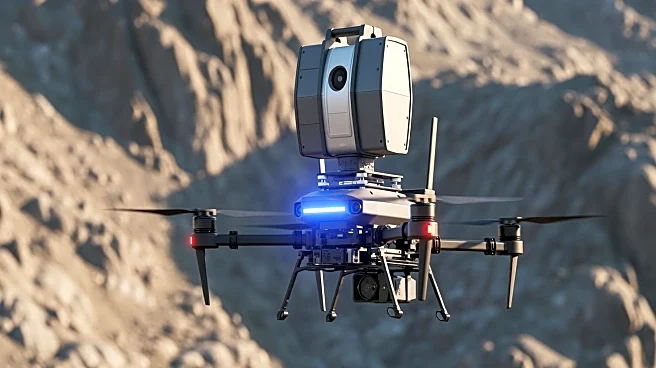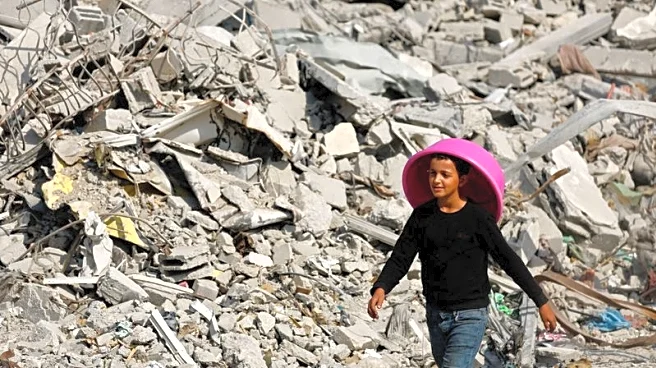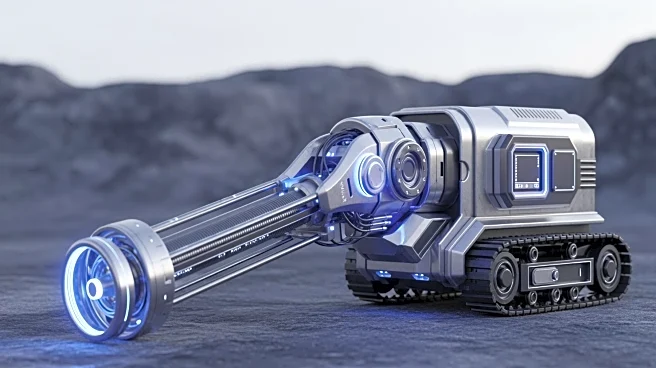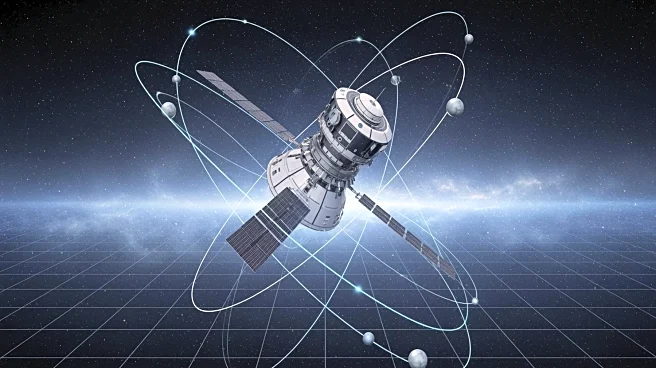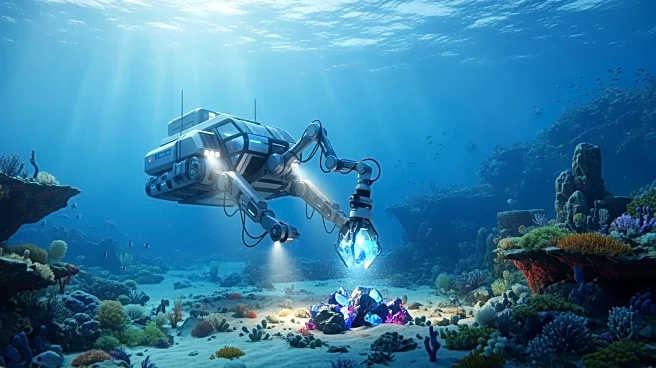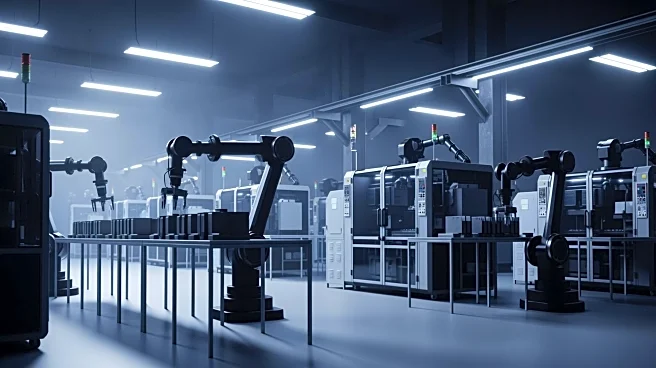What's Happening?
Locksley Resources has completed a LiDAR survey at the Desert Antimony Mine in California, which will be integrated into a 3D geological model and JORC exploration target preparation. The survey provides
a detailed 3D representation of historical mine workings, aiding in resource drilling and future mine redevelopment planning. This development is part of Locksley's strategy to enhance its US critical minerals operations, focusing on creating a domestic antimony supply chain.
Why It's Important?
The integration of LiDAR technology into mining operations represents a significant step forward in precision and efficiency. By providing detailed geological data, Locksley Resources can optimize its drilling programs and improve resource extraction processes. This is particularly important for the US, which currently lacks domestic antimony production despite high demand for the metal in defense systems and semiconductors. The initiative supports US efforts to reduce reliance on foreign mineral supplies, particularly from China.
What's Next?
Locksley Resources plans to conduct detailed underground sampling and engage with US Government strategic funding pathways to support its operations. The company has also entered a memorandum of understanding with Hazen Research for toll processing of ore, aiming to accelerate production timelines and de-risk early operations. These steps are part of Locksley's broader strategy to commercialize the Mojave Project and align with US objectives for critical mineral independence.
